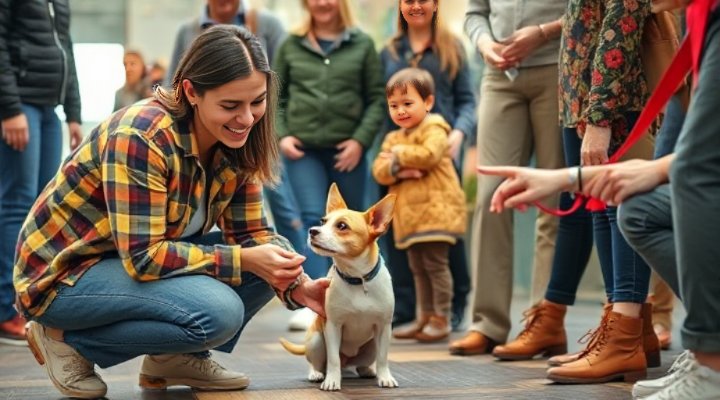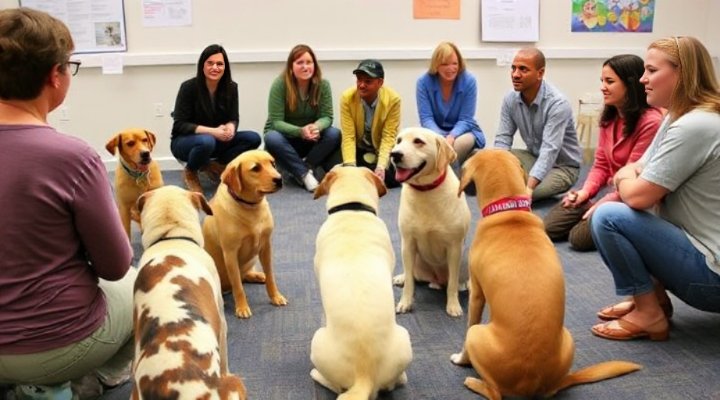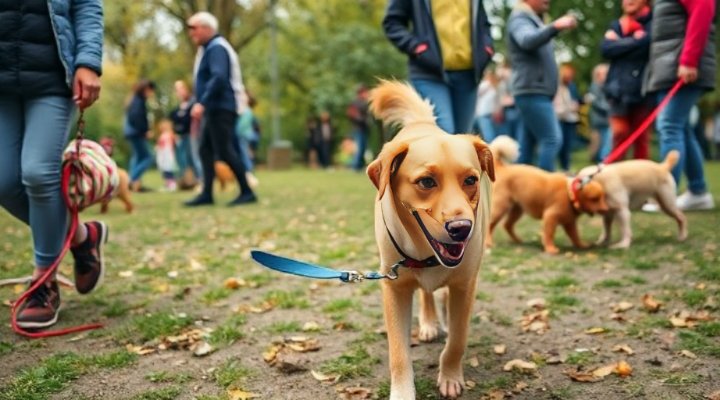Socializing dogs is one of the most important aspects of raising a happy, well-adjusted pet. Whether you have a playful puppy or an adult dog, proper socialization can make a world of difference in their behavior and overall well-being. In this article, we’ll dive into the why and how of socializing dogs, offering practical tips and insights to help your furry friend thrive in any social situation.

Why Socializing Dogs is Essential
First and foremost, socializing dogs helps them develop confidence and reduces anxiety in new situations. A well-socialized dog is less likely to react fearfully or aggressively to unfamiliar people, animals, or environments. For example, a dog that has been properly introduced to children will be more comfortable around them, reducing the risk of negative interactions.
Moreover, socialization plays a key role in preventing behavioral issues. Dogs that aren’t socialized may develop fears or phobias, which can lead to problems like excessive barking, destructive behavior, or even aggression. On the other hand, a socialized dog is more likely to be calm and adaptable in various settings, from busy parks to vet visits.

When to Start Socializing Your Dog
The ideal time to start socializing a dog is during their critical socialization period, which typically occurs between 3 and 14 weeks of age. During this time, puppies are most receptive to new experiences and less likely to develop fears. However, it’s never too late to socialize an adult dog—it just might require more patience and consistency.
If you’ve adopted an adult dog with limited socialization, don’t worry! With the right approach, even older dogs can learn to enjoy new experiences. The key is to go at their pace and make every interaction positive. For more tips on helping rescue dogs adjust, check out our guide on Rescue Dog Training.

How to Socialize Your Dog Properly
1. Introduce New Experiences Gradually
Start by exposing your dog to new people, animals, and environments in a controlled manner. For instance, begin with quiet settings before moving to busier ones. Always watch for signs of stress, such as tucked tails or flattened ears, and be ready to step back if needed.
2. Use Positive Reinforcement
Reward your dog with treats, praise, or play whenever they react calmly to new experiences. This helps them associate socialization with positive outcomes. For example, if your dog meets a new person without fear, give them a treat immediately.
3. Enroll in Socialization Classes
Dog socialization classes, like those mentioned in our article on Dog Socialisation Classes, provide a structured environment for your dog to interact with others under professional supervision.

Common Socialization Challenges and Solutions
Some dogs may struggle more with socialization than others. For example, rescue dogs or those with traumatic pasts might need extra time and care. In such cases, consider working with a professional trainer or behaviorist.
Another common challenge is leash reactivity, where dogs bark or lunge at other dogs while on walks. To address this, practice long lead training to give your dog more freedom while maintaining control.

Final Thoughts
Socializing dogs is a lifelong process that requires patience and consistency. By exposing your dog to diverse experiences in a positive way, you’ll help them become a confident, well-mannered companion. Remember, every dog is unique, so tailor your approach to their individual needs and personality.
For more expert advice on dog training, visit the American Veterinary Society of Animal Behavior or check out our other articles on training techniques.
Related Keywords: socializing dogs, dog socialization, how to socialize a dog, puppy socialization, dog training tips
